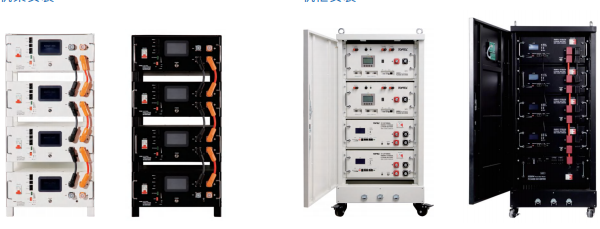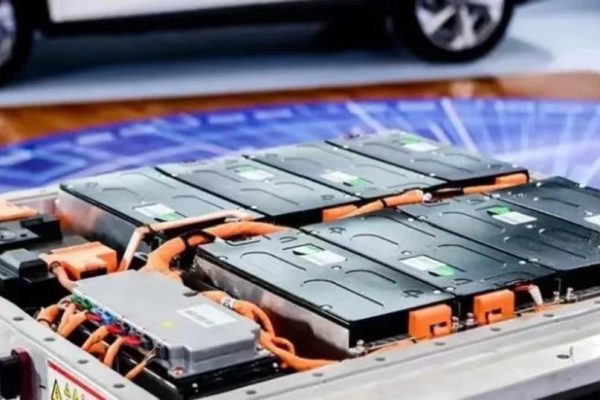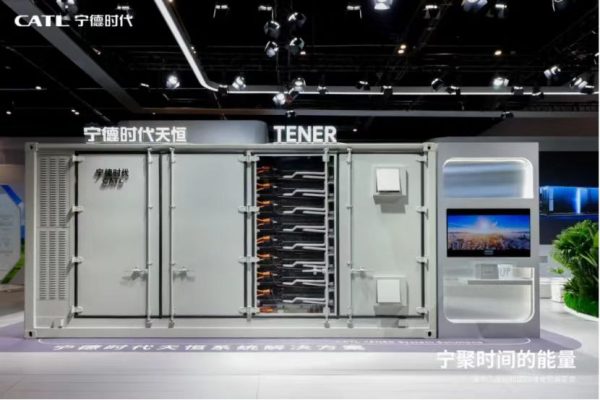Understanding the Promise and the Reality for ESS Integrators
In the energy storage world, solid-state batteries (SSBs) are often hailed as the “next big thing.” They promise higher energy density, improved safety, longer cycle life, and the potential to redefine the future of energy storage systems (ESS).
But are solid-state batteries really ready for commercial-scale applications in stationary storage — especially in the 50kWh to 1MWh range?
This article explores what solid-state batteries are, how they compare to today’s lithium-ion solutions (especially LFP), and whether you — as a system integrator or solution provider — should care now or later.
What Are Solid-State Batteries?
A solid-state battery uses a solid electrolyte instead of the liquid or gel electrolyte found in conventional lithium-ion batteries. The anode may also be made from lithium metal, instead of graphite.
Key Characteristics:
| Feature | Solid-State | Traditional Lithium-ion |
|---|---|---|
| Electrolyte | Solid (ceramic, polymer) | Liquid (organic solvent) |
| Anode | Lithium metal (ideal) | Graphite |
| Energy Density | Up to 2x | 150–250 Wh/kg |
| Safety | Much improved | Fire risk under abuse |
| Temperature Range | Wider potential | Narrow, especially for NMC |
| Cost | Currently very high | Mass-market optimized |
Why All the Hype?
The interest in solid-state batteries started in EV applications, where weight, energy density, and safety are critical. Big names like Toyota, BMW, CATL, and QuantumScape have invested billions into SSB R&D.
For stationary energy storage, the appeal lies in:
- Higher energy density → Smaller footprint
- Better safety → Lower risk of fire
- Longer life → Better ROI for C&I and grid-scale use
So… Are They Ready for Energy Storage Applications?
✅ What’s Promising:
- Lab and pilot-scale SSBs show great thermal stability, meaning no thermal runaway — a major plus for indoor or urban energy storage.
- Cycle life in early tests exceeds 5,000–10,000 cycles — which could make systems last 15–20 years.
- No flammable electrolyte = fewer fire-suppression systems needed, potentially reducing BOS (balance of system) cost.
❌ What’s Not Ready:
Despite the benefits, SSBs are not yet commercially viable for most stationary storage projects.
Main Barriers:
- High Cost
- Current SSB prototypes cost 5–10x more per kWh than LFP.
- Manufacturing requires new infrastructure (dry room-free processes are not yet scalable).
- Low Energy Output at Scale
- Most SSB cells are still in the coin-cell or small pouch stage.
- Scaling to prismatic or rack-mounted modules (like 48V/100Ah units) is ongoing.
- Temperature and Interface Challenges
- Some solid electrolytes require elevated temperatures (60–80°C) for stable ion transport.
- Lithium-metal anodes can form dendrites unless perfectly matched to the electrolyte and separator.
- Unproven Field Data
- There is currently no long-term performance data from deployed commercial ESS projects using SSBs.
Who’s Working on Solid-State Batteries?
A few notable companies are working toward commercializing SSBs for various applications:
| Company | Focus | Status |
|---|---|---|
| QuantumScape | Lithium-metal for EVs | Pilot line, 2025–2026 roadmap |
| Toyota | EVs and hybrid systems | Small-scale demo, full launch TBD |
| Solid Power | EVs and future ESS | Pilot production, no ESS integration yet |
| ProLogium | Consumer and industrial use | Semi-solid batteries in early rollout |
| CATL | Semi-solid LFP + EVs | Expected mass production ~2027 |
📌 As of 2025, no vendor offers turnkey, certified solid-state battery systems for grid or commercial energy storage.
What Should ESS Integrators and Installers Do Now?
✅ Stay Informed, But Don’t Rush to Integrate
If you’re a system integrator or EPC focusing on 50kWh–1MWh systems, you should:
- Monitor the SSB ecosystem (especially announcements from CATL, BYD, and Tier 1 cell makers)
- Keep using mature chemistries like LFP, which offer stable supply, safety, and low cost
- Be wary of “solid-state” marketing claims — many products today are actually semi-solid or hybrid-liquid designs
Possible Early Adoption Use Cases
While utility-scale or industrial SSB use is years away, early use may emerge in:
- Aerospace / Military ESS (weight-sensitive)
- Data centers needing ultra-safe indoor backup
- Residential ESS in Japan or Korea, where size and fire safety are critical
- Microgrids in extreme environments (desert, arctic)
For C&I storage (e.g., 100kWh behind-the-meter), LFP still rules the value equation.
What to Tell Your Clients
If your clients ask about solid-state batteries, here’s how to position it:
“Solid-state is a very promising technology, and we’re watching it closely. But for commercial projects today, we recommend mature LFP-based systems that are safe, certified, and cost-effective. As SSB matures, we will integrate it into our roadmap where it brings real value.”
This reinforces your position as technically informed but commercially realistic.
A Technology to Watch, Not Yet Deploy
Solid-state batteries will likely play a major role in the next generation of energy storage. But they’re not ready — yet — to replace today’s lithium iron phosphate (LFP) or even NMC solutions in the field.
For now, stay focused on:
- Choosing certified LFP systems
- Providing reliable installation and commissioning
- Offering remote O&M and service-based support
And when SSBs become commercially ready, you’ll already be positioned to lead the adoption.
Want to know when solid-state batteries are ready for your project?
We’re tracking the top vendors and will notify our partners when field-ready products are available. Contact our team to stay informed.









